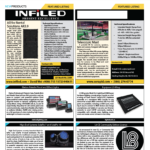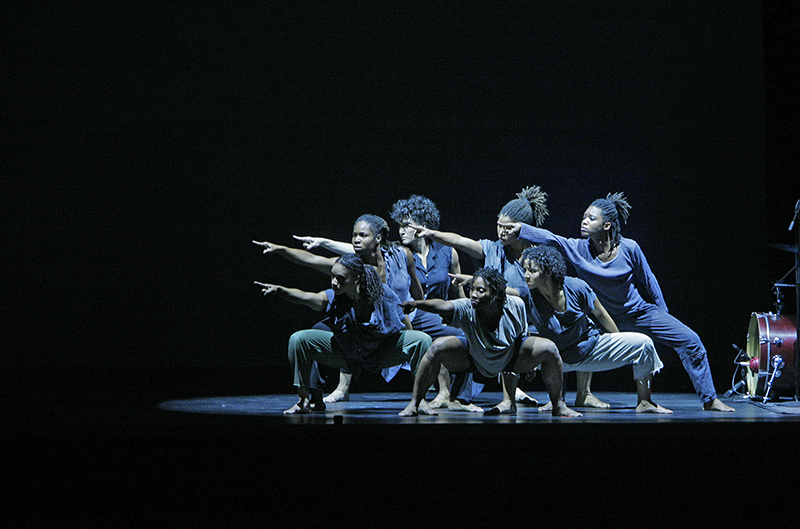
A Designer Builds a Career on Her Love for the Art of Dance Lighting
Lighting designer Susan Hamburger’s career epiphany came to her at exactly the right time, before she’d gone too far in another direction. She was a student at Bard College, majoring in literature, and taking dance classes for the sheer pleasure of dancing, an activity she had always enjoyed.
“I realized that the dance department was a really wonderful place,” she said. “I was always a mediocre dancer and a fairly mediocre choreographer, but when I started talking with the lighting designer, I thought it was a lot more interesting than the other stuff.”
She took the initiative to create a one-on-one independent study with the resident lighting designer, the first of its kind at Bard — and a course the college has offered since. “She gave me assignments, and I learned to draft,” she said. “I designed many of the dance pieces for my classmates. It was such a rudimentary space, but I learned by doing it.”
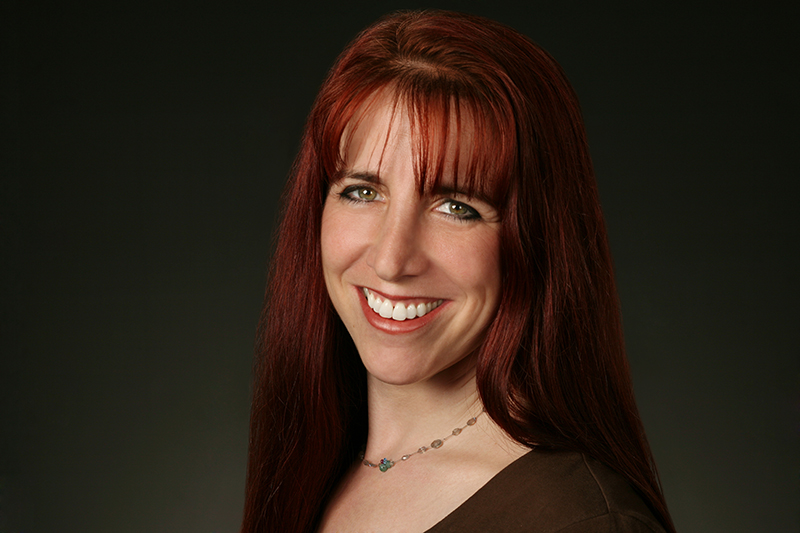
A Unique Skill Set
When she graduated from Bard, Hamburger represented an unusual package of skills: a lighting designer who specialized in dance, who had both artistic and technical ability, who had been a dancer, and who happened to be female. She arrived in New York City ready to work, and soon secured a position as technical director for the Kitchen, a nonprofit performing arts space that hosts dance, music, theater, and other exhibitions and performances. “One week you’re doing lights and tights, and the next week you’re suspending someone from the ceiling, and then you’re doing music,” she said. “It was an incredibly fantastic learning space.”
At the Kitchen, she made a connection that would become pivotal to her career: Jennifer Tipton, principal lighting designer for the American Ballet Theatre and the Paul Taylor Dance Company, and a Tony Award winner for her design of Andrei Serban’s The Cherry Orchard in 1977, and for Jerome Robbins’ Broadway in 1989.
“Jennifer did a month at the Kitchen — her, the programmer, and Dana Reitz for a month.” Hamburger said. “Just to talk to her about that piece, “Necessary Weather,” you feel like you’ve grown a brain cell or two.”
Tipton served as a professor and lighting design advisor at Yale University, and she saw the young tech director’s potential as a designer. She talked to Hamburger about applying for the graduate program at Yale. Her application was impressive enough to get her a portfolio review with the Yale Drama admissions committee … but before it was over, Hamburger was certain she had been rejected.
“I hadn’t had professional track training,” she said. “A lot of programs have very focused lighting majors, like SUNY Purchase, but at Bard it was a grow-your-own program. At Yale, they tore apart my portfolio into smoking ruins. I understood that my work wasn’t in a traditional format, but I was really ready. I left there and thought I’d go figure out what to do with my life.”
A few weeks later, however, Hamburger got the surprise of her life: She received an acceptance letter from Yale. “Jennifer said, ‘I thought you had heart,’” she remembered. “I was one of the first women to be accepted to the lighting design program in a few years.”
She had the pleasure of becoming part of a cohort of dedicated lighting design students, where she learned far more than the mechanics and artistry of lighting design. At one point, Tipton gave the class an assignment: Design a touring plot for a ballet company. “My partner put his on the wall and Jennifer wrote on it, ‘This plot is immoral and unethical,’” she said. “It had so many lights that the plot would bankrupt the company. I laughed, and Jennifer said, ‘Laugh it up, but your plot is merely reprehensible.’ So now, the first thing I think is, ‘What can the company afford?’”
In addition to this practical lesson, Hamburger gained skill in working artistically and collaboratively, she said, “which you can do only in this laboratory-like environment in graduate school. In the real world, the creative team meets once or twice before you’re in the theatre. That was the best part of that education for me, understanding how to be a better thinker and collaborator.”
She came away with another very important skill: the ability to triage assignments. “You have to say, ‘I can’t do my costume homework today because I’m in tech for my lighting design,” she said. “It’s like you’re doing the sit-ups to get your core muscles stronger. In grad school, they absolutely give you more work than you can manage. Part of the lesson is, how do you triage? In real life, you’ll have to do this, and the issues are greater.”
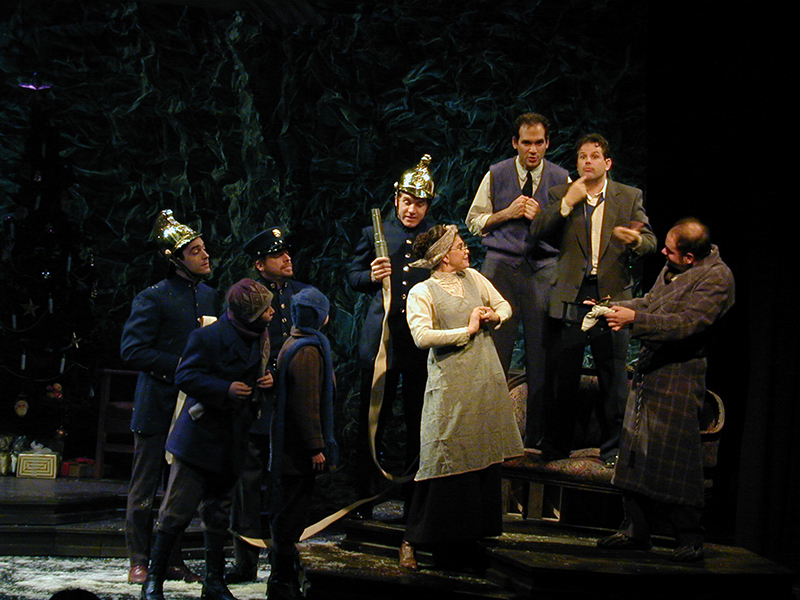
New York’s Real World
After Yale, Hamburger returned to New York, reconnected with the dance students she had known at Bard, and began getting jobs. One of these brought her to the Broadway revival of The Sound of Music in 1998, as third assistant to designer Paul Gallo.
Like so many other young designers, however, Hamburger learned what Broadway really held for her. “I was one of the few women in the room,” she said. “I was in charge of the followspots. It was a challenging environment. It was not the embracing experience I thought it would be. It was interesting to be part of that high-budget world, but I didn’t want to stay there.”
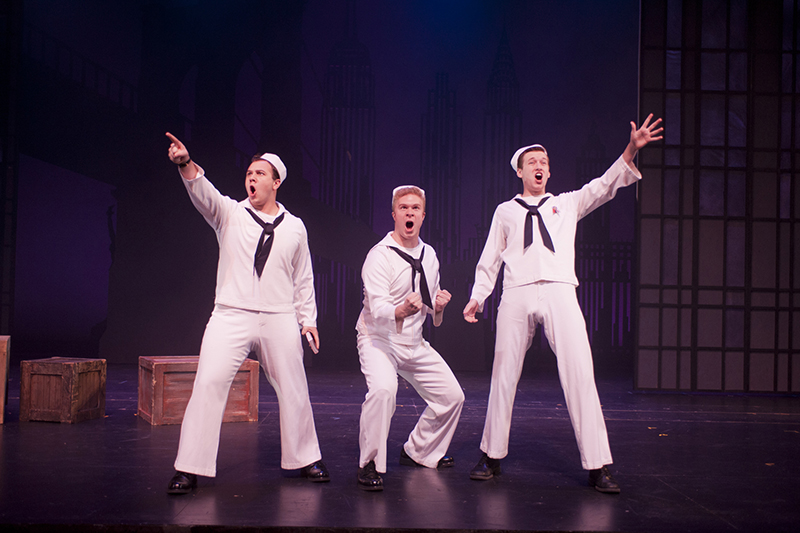
When her Broadway contract ended, she returned to dance, her first love and “a much better environment. I loved the community and lifestyle of the dance world. They’re my people.”
One of her early jobs involved a touring performance art company, “everyone in the back of a Honda Civic,” with the assistant director Elizabeth Herron. Herron had a close relationship with Urban Bush Women, a company founded in 1984 by Jawole Willa Jo Zollar, to bring untold stories of disenfranchised people to the public consciousness.
Zollar’s lighting supervisor had left the company abruptly, and she needed a new lighting supervisor right away. “They said, ‘We have no money, we’re about to go on tour,’” Hamburger said. “Eventually she started handing me the shows she’d built in New York, and all of their community engagement work. So that was the beginning of a wonderful 14-year relationship.”
In between shows with Urban Bush Women, she racked up dance design credits with Alvin Ailey Dance Theater, Nora Chipaumire, Alice Farley, Craig Harris, Mark Rucker, Troika Ranch, Urban Tap, and Ellis Wood, as well as a number of theatrical productions. She also returned to academia, serving as an adjunct professor and as supervisor of dance production at NYU’s Tisch School of the Arts.
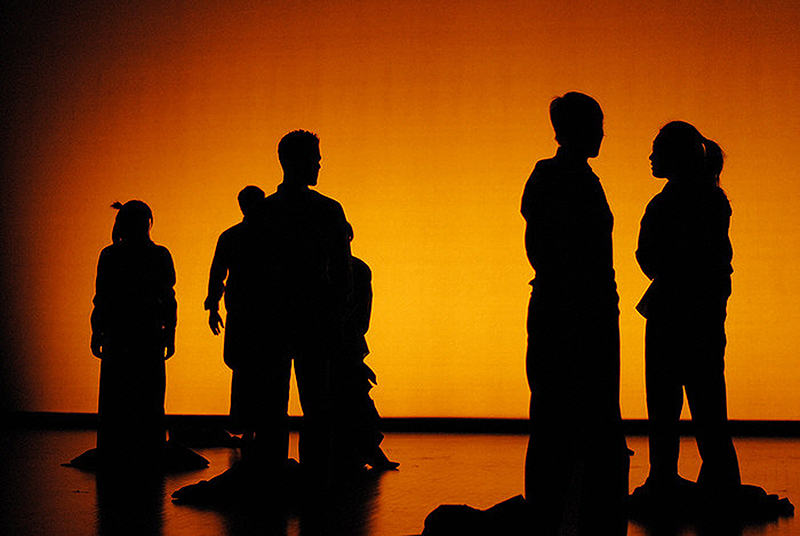
Approaching Design for Dance
In addition to her skill as a designer, Hamburger’s personal connection to dance is a key element in her appeal to so many dance companies and choreographers. “How many people have learned to express their ideas and thoughts and passions in a non-verbal way?” she said. “There’s so much beauty in dance, and the dancers themselves are so interesting. I find it so much more fun to work in.”
She begins her work by seeing the piece performed and looking for the thread of the choreographer’s intention. “I try to find the arc of the story,” she explained. “It doesn’t have to be the same story as the choreographer. ‘In fact, she once started down the track with a design for a piece that she was sure took place in water. “I came back to the choreographer with all this research about water, and she said no, it’s the desert. So while the concept was different, it was the same kind of fluid environment.”
Once she has her own impression of the work, she does visual research to find images — photos, paintings, scraps of cloth, anything that provides a sense of the landscape and mood she will work to create for the piece.
“When you talk about light, people have a harder time trying to understand what you’re saying,” she said. “So I show them pictures, and say, ‘This is what’s speaking to me — the color quality, the dappled-ness, the differences in the palette. Does it resonate for you as well?’ That helps to narrow our conversation down.”
She then works within the company’s budget — whether they’re performing on the road and need a light plot that can be hung and teched in a few hours, or they’re making their annual appearance in one of Manhattan’s most well-equipped performing arts halls. Even with the constraints of a specific hall’s inventory and the company’s budget however, Hamburger has developed a fondness and preference for certain tools of the trade.
Embracing LED Possibilities
The dominance of LED lighting has created new opportunities for fast color changes between dance pieces, reducing pauses from minutes to seconds. “There are no gel changes, so it’s great,” she said. “We used to have to hold for three minutes between pieces to change gels. Now we actually have to remember to hold in between transitions so people can read their programs. It’s so much more efficient.”
Her favorite LED instruments: ETC Source Four LED Series 2 Lustr ellipsoidals. “I love ‘em, love ‘em. One of the things about lighting dance is we don’t have to have realistic skin tones. The skin tone issue is much more complex in dramatic work. But in dance you can make the whole person purple. That’s why I love the LEDs — you get out there and click around, you can say, ‘this purple — no, that purple.’ You can’t beat LEDs for dance.”
As a seasoned designer, Hamburger hears the grumbles of others who don’t care for the industry-wide shift to LEDs, “I hear people saying, ‘Oh, when you click on [Rosco gel color] R80, and it doesn’t look like R80.’ Well, that’s not relevant now,” she said. “We’re shifting out of one mindset and into a whole other one. My generation is still clawing on to the old … but now I get to pick from a thousand million colors, and get the blue I want. Change is rough, but it’s great.”
For cyclorama light, Hamburger’s instruments of choice are Chroma-Q Color Force 72 series, with their ability to mix four colors, RGBA, instead of the usual RGB mix. She prefers ETC’s lower-priced ColorSource Spot fixtures for backlight in her rentals. “Every time I rent them I’m happier,” she said. “But in reality, my favorite gear is the gear that’s up in the air. You get what you get and you don’t get upset. The ultimate in dance lighting is when you can make something beautiful with two nickels.”
She recalls something Tipton said to her early in her career: “You have to really love what you’re doing, or else you can make more money driving a cab.” This is even more appropriate for anyone involved in dance, Hamburger noted. “I joke that the catering for dance is a moldy coffee pot in the corner and a granola bar. It’s not how you get rich. I love it, I love being around these folks, that creative force that is so different. I’m so thankful every day that I get to do this and I’m able to survive doing this. It’s a blessing to be in there.”


